Many modern production automobile engines use a timing belt to synchronize crankshaft and camshaft rotation and use a Accessory belt to drive multiple peripheral devices in an automotive engine, such as an alternator, power steering pump, water pump, air conditioning compressor, air pump, etc. These belts may also be guided by an idler pulley and/or a belt tensioner (which may be spring-loaded, hydraulic, or manual). The drawback of using belt is that if the belt breaks or is knocked loose, the vehicle instantly loses multiple critical functions. The water pump, power steering pump, and alternator (for battery charging) would cease functioning. The vehicle becomes quickly unusable because of loss of movement in camshafts. Due to importance of belt functions, we monitor acyclisme in pulleys, belt slippage, force and tensioner vibrations at different engine working conditions. Also we qualify belt’s performance through it’s lifespan by running Accelerated life testing on engine at critical belt vibration points for more than 400 hours. During this test mass of tensioner, mass, length and Stiffness of belt will be measured at pre-specified hours. Here are summery of measured parameters:
- Belt Slippage
- Belt’s length, Stiffness and Mass
- Belt’s Flapp
- Belt’s Tension
- Engine and Pulleys Speed
- Acyclisme
- Tensioner’s Vibrations
- Tensioner’s Mass



